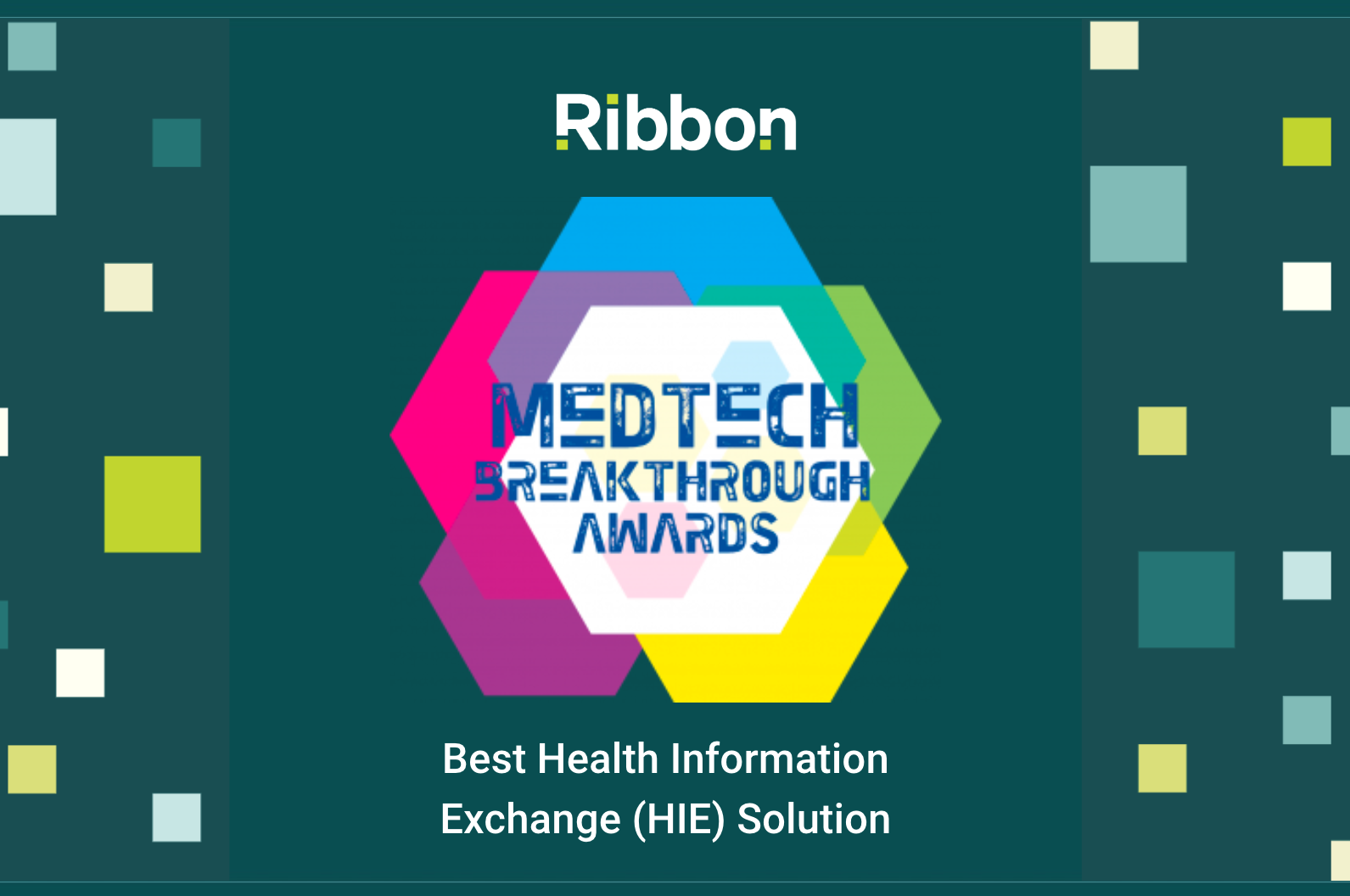In a post-covid world, will we lean into healthcare innovation?

The COVID-19 pandemic will define the year 2020.
The impact has been staggering: 300,000 lost loved ones, 17 million recorded cases, and in the last five months alone, 7.8 million Americans have fallen into poverty. Amid this tremendous loss and hardship, the pandemic has illuminated significant flaws in our healthcare system. The disparities in health outcomes were yet another painful reminder of the racial and socioeconomic inequities in healthcare access and quality. Thousands of hospitals are overwhelmed, frontline health workers face burnout, and millions of Americans lost health insurance along with their jobs.
But at the same time, there are glimmers of hope. In under a year, global health and scientific communities collaborated to produce vaccines in record time. To expand care access and quality, health systems and hospitals made unprecedented shifts to adopt new care models and share data more openly. At the federal and state level, the Centers for Medicare and Medicaid Services (CMS) took swift action early in the pandemic to unlock information sharing across the industry.
We’ve also seen a renewed importance of value-based care and a surge in virtual solutions. These innovations — even those that started as temporary stopgaps — quickly drove changes in consumer behavior and access to care that could potentially have a very long-term impact:
- 89% of Americans say COVID-19 made telehealth “an indispensable part of the healthcare system,” and 65% plan to use telehealth more after the pandemic.
- These services made it easier to make time for the doctor without missing work or school: our partner Ro reported that 60% of online visits were completed during the evening, overnight, or on the weekend.
- A surge of investment in innovators led companies like One Medical and Oak Street Health to expand care offerings and increase care coordination for many.
- Care navigation tools like Well, Accolade, League, and Bennie saw a rise in adoption, increasing transparency and enabling patients to find and access care that’s right for them.
As we put 2020 in the rearview mirror and get back to “normal,” I fear that we run the risk of falling back into old habits. Though the number of patients accessing virtual care remains far above pre-pandemic levels, national data shows that it has plunged sharply since its peak, dropping from 69% of visits in April to just 21% of July visits. As a barometer for long-term adoption of digital health innovations, the decreased usage of telehealth raises concerns about their permanence. And many worry that without the pressure of the pandemic, major healthcare stakeholders — from large hospital systems to regulators and lawmakers — will lack motivation to sustain the speed, creativity, and collaboration that led to systemic change.
The progress we made this year was hardwon and long overdue, and we should view this as our opportunity to broadly rebuild healthcare to meet the collective need for a simpler, more accessible, and more just system. Most of us don’t think about the data and core infrastructure that stitches together the interlocking pieces of clinical care and new delivery models. This infrastructure enables new care delivery models and patient-centric care. To grow and maintain it will require a shared commitment to building and investing in the right infrastructure and incentives, as well as the technologies underpinning the systems and services — both in-person and virtual — that connect our health and our care.
At Ribbon, we’re focused on oft-overlooked data that is a hidden but critical component of almost all points of care: provider data. A comprehensive view of provider data — from doctors’ locations to facility types to cost and quality of care — is required when referring patients from a PCP to a high-quality specialist, empowering patients to choose a health plan based on provider coverage, enabling a health plan to design high-quality cost-effective networks, or transferring prescriptions to a mail-order pharmacy. By offering a more comprehensive and reliable provider data layer, we help partners spend less time on data infrastructure and more time providing care. Ultimately, every person, provider, and health organization deserves access to trusted information for important health decisions.
We are on a great tide of healthcare innovation. But this shift is not inevitable, and there is still much work to be done to make services and tools available, accessible, and useful for vulnerable communities, many of which have been particularly hard-hit by the pandemic. As the vaccine reaches hospitals across the country, leaders, innovators, and regulators alike will need to stay the course. At Ribbon, we’ll be doubling down on our mission to make healthcare more high quality, cost-effective, and convenient for all Americans.
Read more about our company and culture

Ribbon Health Named 2023 MedTech Breakthrough Award Winner

Fierce Healthcare names Ribbon Health as one of its 2023 “Fierce 15” companies






.png)